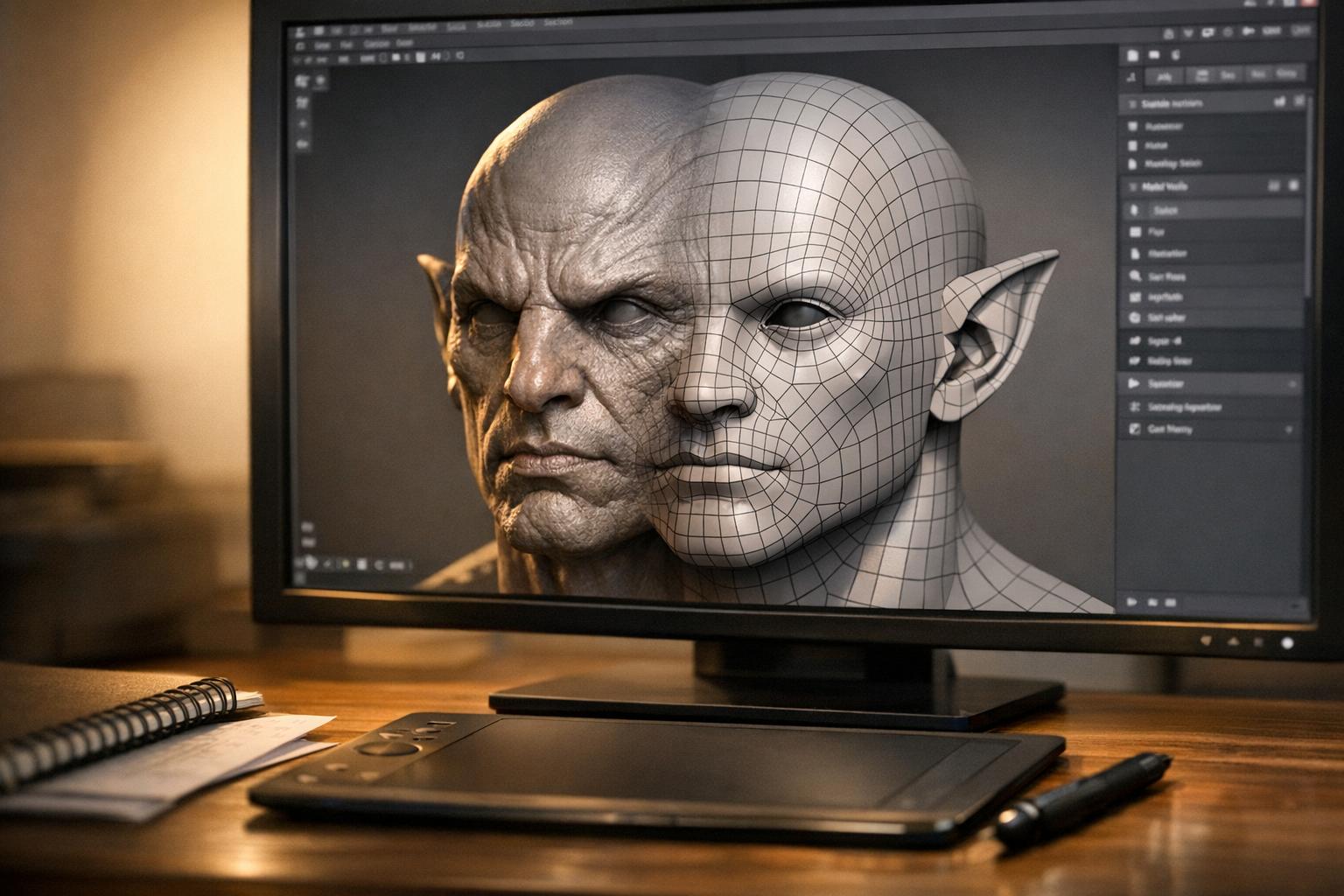Breathing life into a 3D creature is about more than just modeling scales or fur; it's about capturing a soul. Anyone can generate a generic monster, but creating a character that an audience connects with—whether it's a fearsome beast or a lovable sidekick—requires a touch of artistry. With the rise of powerful AI 3D model generators, your primary tool is no longer a stylus or mouse, but your words. Learning how to prompt with intention is the key to unlocking creatures with genuine personality.
Think Like a Character Designer
Before you even type a single word, take a moment to think about your creature's story. Professional character designers at studios like Pixar or in the gaming industry don't just draw something that looks cool; they build a character from the inside out. Ask yourself a few key questions:
- What is its primary emotion or motivation? Is it grumpy, curious, terrified, or proud? This core feeling will inform every aspect of its design.
- Where does it live? A creature from a murky swamp will have a different build, texture, and posture than one from a crystal-caved mountain.
- What is its purpose? Is it a predator, a guardian, a scavenger, or a pet? Its function in the world will dictate its physical attributes.
Defining these elements first gives you a strong foundation. A "sad, swamp-dwelling scavenger" is a much more powerful starting point for a prompt than just "swamp monster."
The Power of the Silhouette
One of the most crucial principles in character design is the silhouette. If you can't tell what a character is or what it’s feeling from its black-and-white outline alone, the design isn't strong enough. A strong silhouette communicates personality instantly.
- Sharp vs. Round: Jagged edges, spikes, and sharp angles often read as dangerous, aggressive, or evil. Soft, rounded, and circular shapes tend to feel safe, friendly, and approachable.
- Posture and Pose: A creature with a slumped posture and drooping head will look defeated or sad. One with a puffed-out chest and head held high appears confident and heroic. Even the way a creature stands can tell a story.
When crafting your prompt, think about the overall shape. Use words that guide the AI toward a specific silhouette. For example, instead of just "a bear," try "a slumping, sad bear with rounded shoulders" to create a more empathetic character.
Crafting the Perfect Prompt for 3D Creatures
Now it’s time to translate your vision into a prompt that an AI model can understand and execute. This is where you combine your character's backstory and desired silhouette into a concise, descriptive instruction. With a tool like Sloyd’s Text-to-3D generator, you can turn these ideas into models in seconds.
Here’s a guide to structuring your prompts for maximum personality:
- Start with the Subject: Begin with the core of your creature. "A goblin," "a dragon," "a space whale."
- Add Personality Adjectives: This is the most important step. Use words that describe its temperament. "A mischievous goblin," "a wise and ancient dragon," "a lonely space whale."
- Include Physical Descriptors: Now, layer in the details that support its personality and environment. "A mischievous goblin with oversized ears and a tattered leather pouch." "A wise and ancient dragon with moss-covered scales and glowing, gentle eyes."
- Suggest a Pose or Action: To add dynamism, describe what the creature is doing. This implies emotion and intent. "A mischievous goblin with oversized ears, peeking from behind a barrel."
If you already have a 2D concept sketch or an inspirational image, you can also use an Image-to-3D tool to jumpstart your creation process.
From Prompt to Production-Ready
The true magic happens when you can take your generated creature and refine it. Platforms like Sloyd.ai are designed for this creative workflow. After generating your initial model from text, you can continue to perfect it, ensuring it fits perfectly into your game, animation, or virtual world.
Ready to bring your own creatures to life? Try experimenting with these prompting techniques in the Sloyd Text-to-3D Lab. Start with a simple idea, layer on the personality, and watch as your words shape a unique and memorable 3D character right before your eyes.





